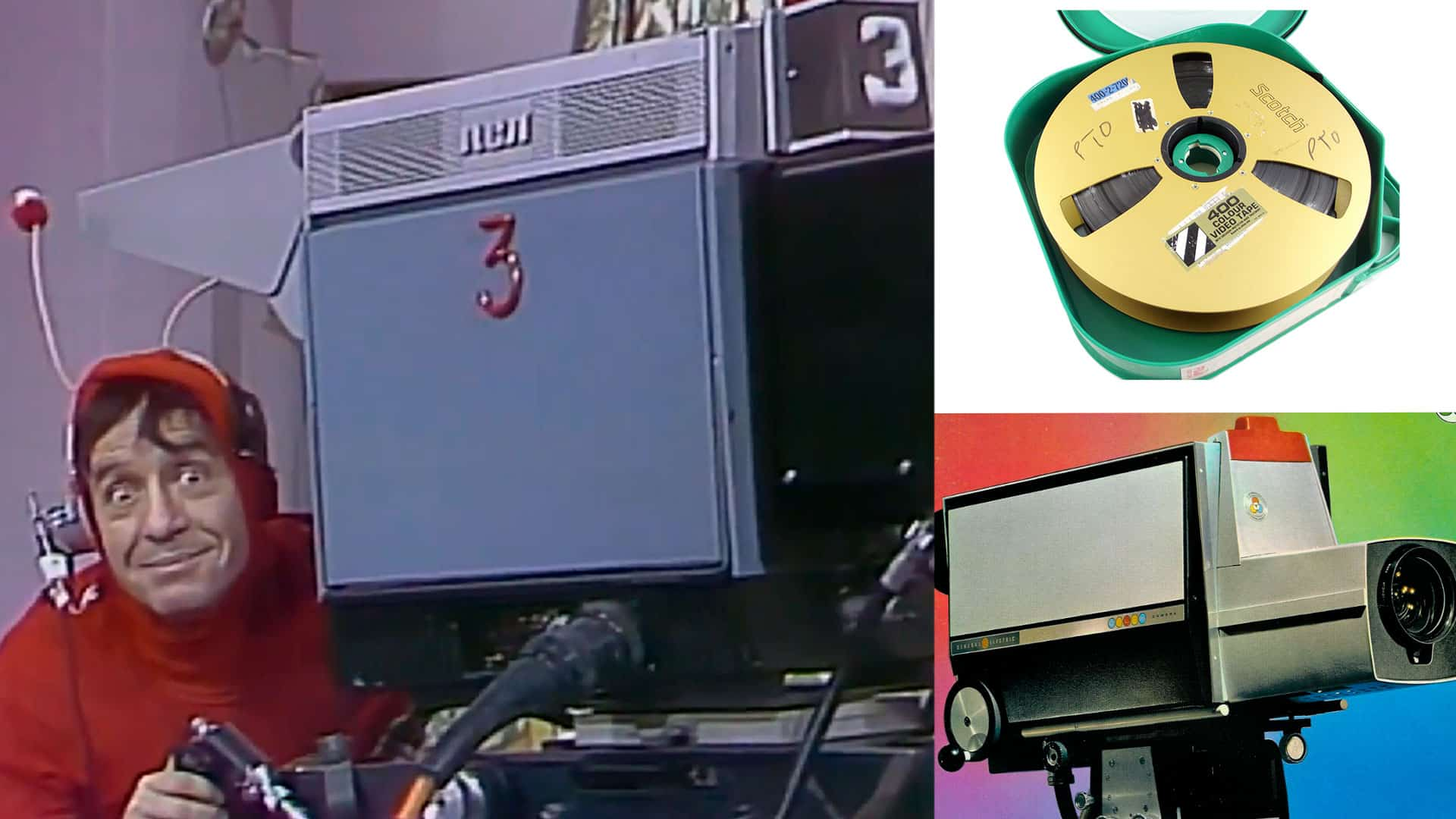
Em 2022, I explained in this article how is it possible that very old films, like the classic Godfatherto be re-released in 4K with a quality that seems to have been captured in recent years, with modern equipment. Remembering that the legendary feature film directed by Francis Ford Coppola was released in 1972.
I also commented here the pleasant surprise of watching this year on Disney+ and a remastered version of the 1981 Queen Rock Montreal show, also available in 4K.
Could something similar happen to the legendary series? Chaves e Chapolin? That’s what this article is about!
The remastering process
To understand why films like The Godfather and the Queen concert can be remastered in 4K, it is necessary to understand the fundamental role of film. When a work is captured on film, it is possible to scan the negatives in high definition and, with the help of restorers and colorists, it is possible to restore and remaster the content to be re-released in resolutions such as 4K or even higher.
Works that were captured on film maintain an entire market for re-releasing special and commemorative versions of films and other productions that many people are willing to pay to watch in a quality that is fully in line with the most current resolution we have.
Given the size of Bolaños’ legacy, fans of the work in several countries, such as Brazil, have already dreamed of this same possibility. Seeing the countless episodes and classic moments of the series with a remarkable treatment.
The case of Chaves e Chapolin: another reality
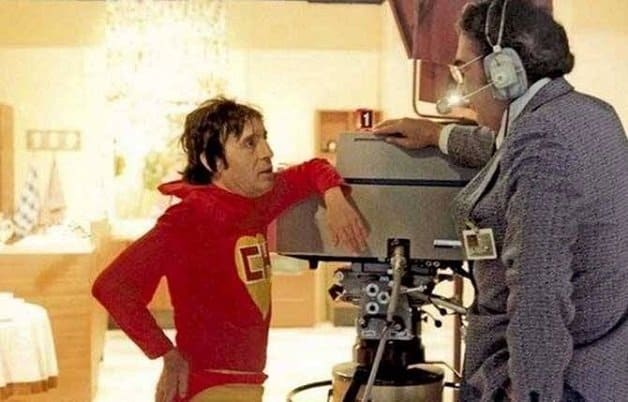
Unfortunately, much of Roberto Gómez Bolaños’ productions, including Chaves e Chapolinwere recorded on videotape, not film. The initial episodes of Chaves e Chapolinreleased in 1973, were captured in VT in the Quadruplex format, the first video recording system, launched by Ampex in 1956. The tapes were 7 inches, holding 60 minutes of recording.
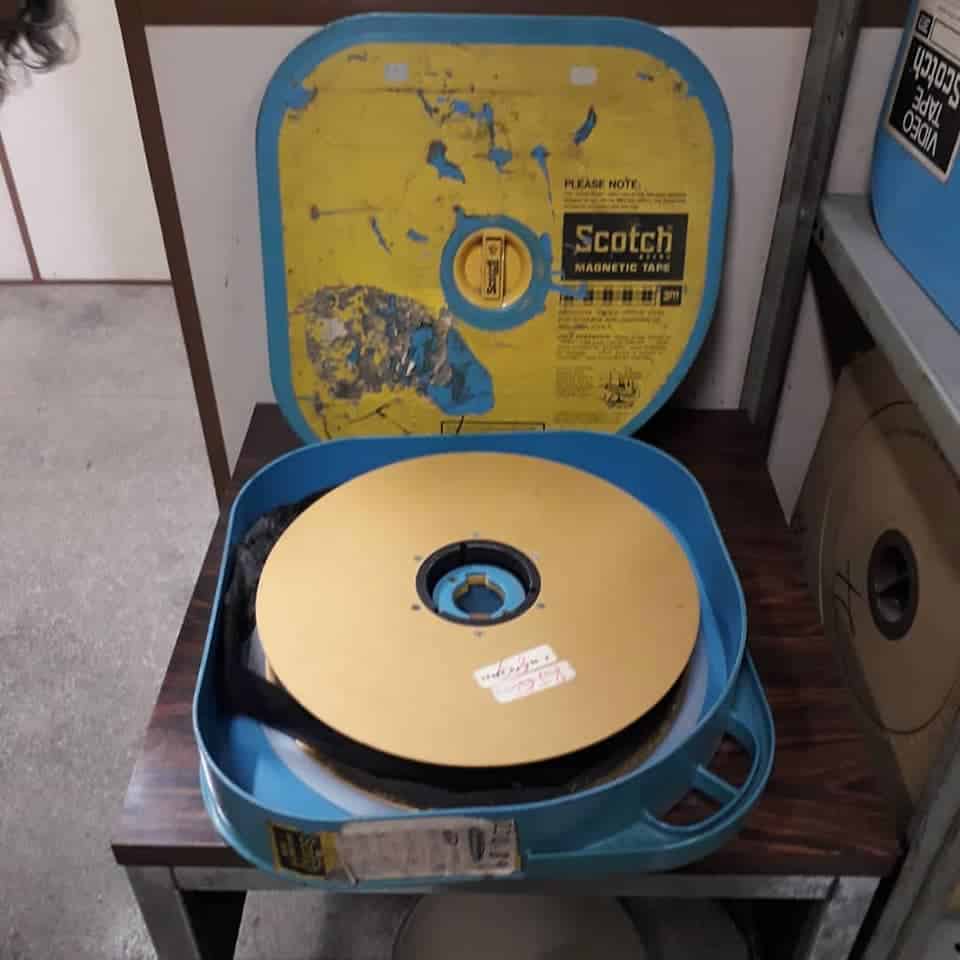
Brazil began using videotape two years after its launch; the first broadcaster in the country to use it was TV Tupi, in the presentation of “O Duelo, by Guimaraes Rosa.
The difference is crucial: while film offers a much higher density of information, allowing for high-definition enlargement and restoration, videotape severely limits the final quality. Videotape, especially older ones, has much lower resolution and degrades over time, making 4K restoration virtually impossible.
Is there any work by Baolãnos captured on film? Yes, the film “El Chanfre”, released in 1979. By the way, remember that episode of Chaves “Vamos ao Cinema” where the boy in the barrel says “it would have been better to go see Pelé’s film”. That was an adaptation of the Brazilian dubbing. In the original he says “We should have gone to see Chanfle instead,” an advertisement for the film.
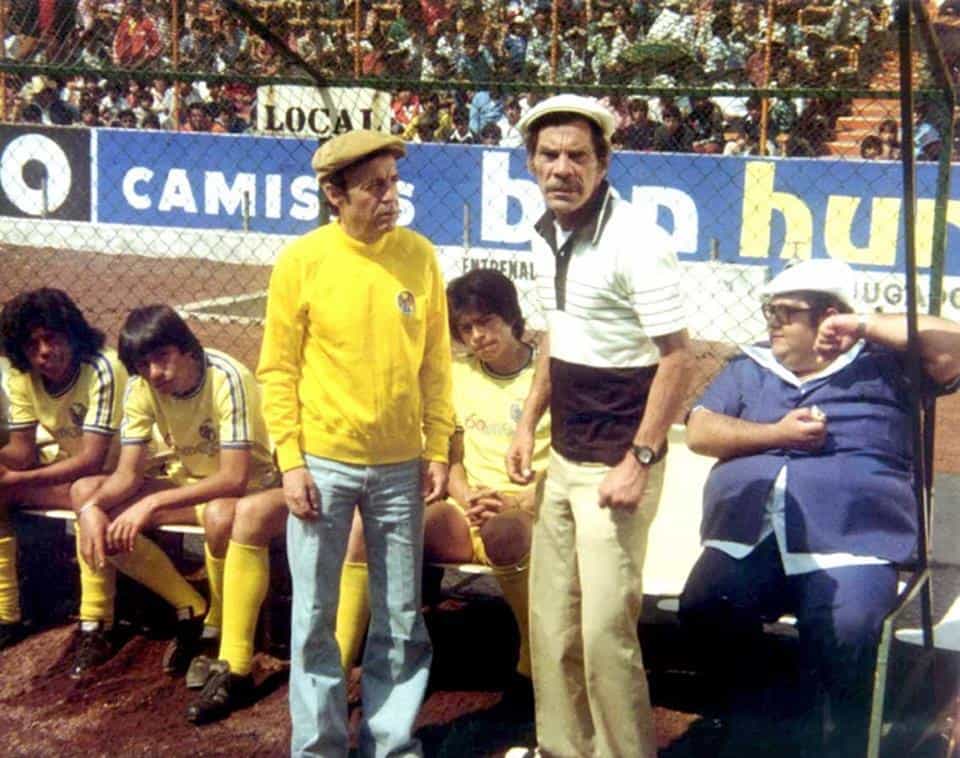
Equipment Used in Recordings
In the early stages, Chaves e Chapolin were recorded with the GE PE350 camera, from General Electric.

They then also used models from the RCA TK series, such as the TK44A and the TK45. This second model was used by several Brazilian broadcasters, such as Tupi, Globo and Bandeirantes. The camera lenses were from the German brand Schneider-Kreuznach, and cameras from the French Thomson-CSF. Models from the TTV line, such as the 1515, were also used in some phases of the production of Chaves and Chapolin.
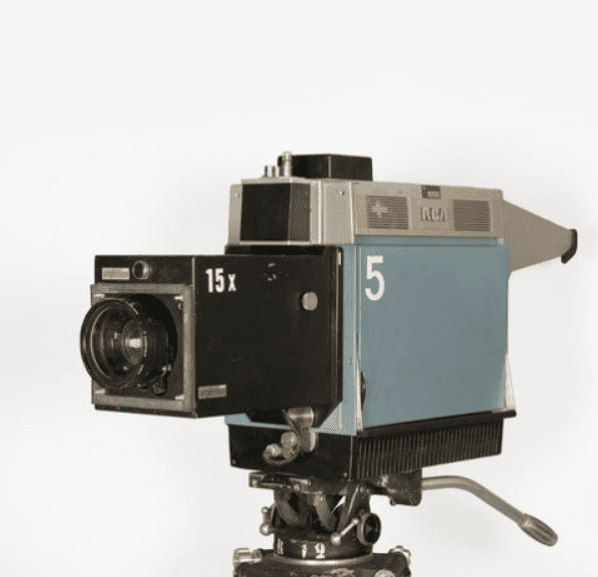
About the TK-44, the The French Cinematheque, which is dedicated to the preservation, restoration and promotion of cinematographic heritage, says that many TK 44 cameras were used in TV stations until the late 1980s, and that engineers and camera operators liked the ease of maintenance, ease of operation and the bright, warm color images it produced.
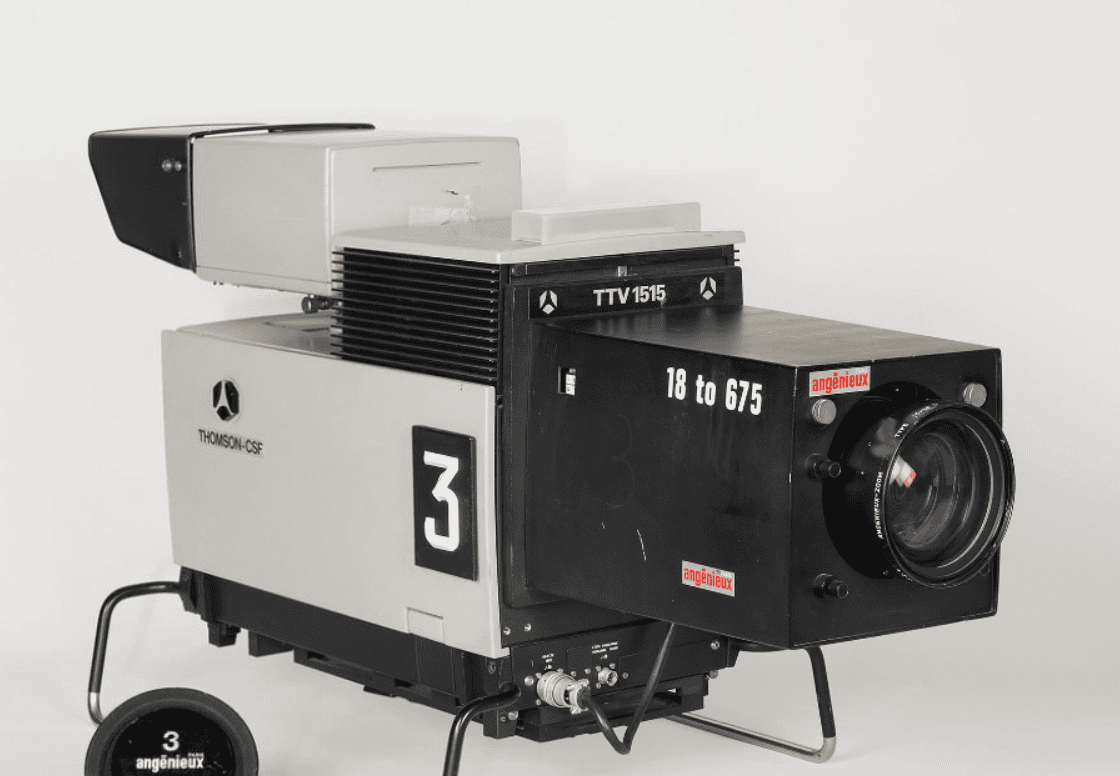
Launched in 1980, the Thomson model was compact and a huge sales success at the time. It was the first camera in the world to use a triaxial cable connection between the head and body, capable of covering a distance of 1500 meters, ensuring greater mobility and flexibility in operation.
The role of SBT in distribution in Brazil
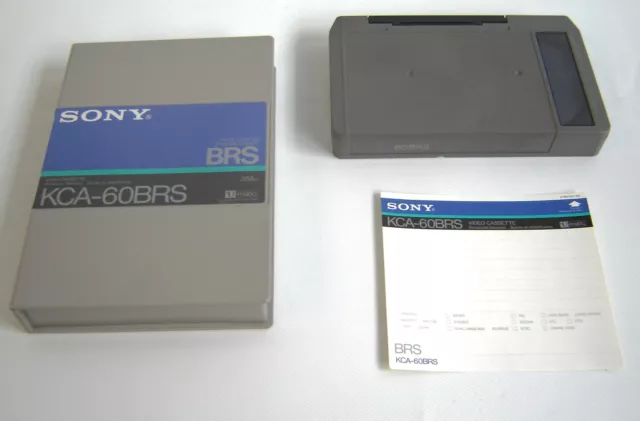
In Brazil, SBT started showing Chaves e Chapolin in 1984, 11 years after the first episode of El Chavo was broadcast in Mexico. Copies of the episodes were sent in U-Matic, Sony’s standard, according to this report by José Salathiel Lagewho was in charge of SBT’s dubbing department in the early 80s.
Quadruplex copies, which guaranteed better quality, were also received by SBT. These copies are still in the broadcaster’s archives today. These tapes were of the second Quadruplex format, known as 1-inch Type C, an evolution of the first standard, which was EIAJ. The tapes that arrived at SBT were also from Sony, model Sony V1-K.

Specifically regarding Brazil, the color system is different from the one used in Mexico. There, NTSC is used, while Brazil uses PAL-M. Therefore, the first action was to perform the color conversion, adapting to our broadcasting reality.
In addition to the whole issue of dubbing, an element that was decisive for the success of the works in Brazil. At that time, it was common for the material to receive several copies in different formats. For the dubbing director and material evaluation committees, the copies were on VHS, while for the dubbing studio and those responsible for mixing, the copies were sent on U-Matic, which guaranteed greater quality.
You should read it too!
Artificial intelligence imagines what the characters from Chaves would be like if they were actually played by children
New Samsung commercial recreates iconic scene from Chaves
Televisa’s disorganization with the sending, mainly in relation to the ordering of the episodes, also required SBT to carry out classification and organization work.
Televisa’s remasters
Speaking of Televisa, the original broadcaster of Chaves has fans outraged regarding the technical care given to the work over the years. Several analyses on forums specializing in Chaves highlight that the broadcaster has been applying remastering on top of previous remasterings, a work that is not the ideal way, from the point of view of seeking the best final quality for the broadcast.
The most recent remastering is already being applied to episodes shown on the Vix platform, which belongs to the channel. After years of impasse between Televisa, owner of the captured images, and the Chespirito family, responsible for the rights to the work, an agreement was reached and Chaves and Chapolin returned to being shown since last Wednesday (18) on the platform that is not available in Brazil.

There is great anticipation regarding the return of the series to Brazil. In addition to SBT, Amazon Prime and even Grupo Globo are negotiating to air the episodes. For those interested in the more technical aspects, the expectation also includes this curiosity about how the broadcast will be. Will Televisa and Grupo Chespirito demand that the current image treatment be shown? Time will tell.
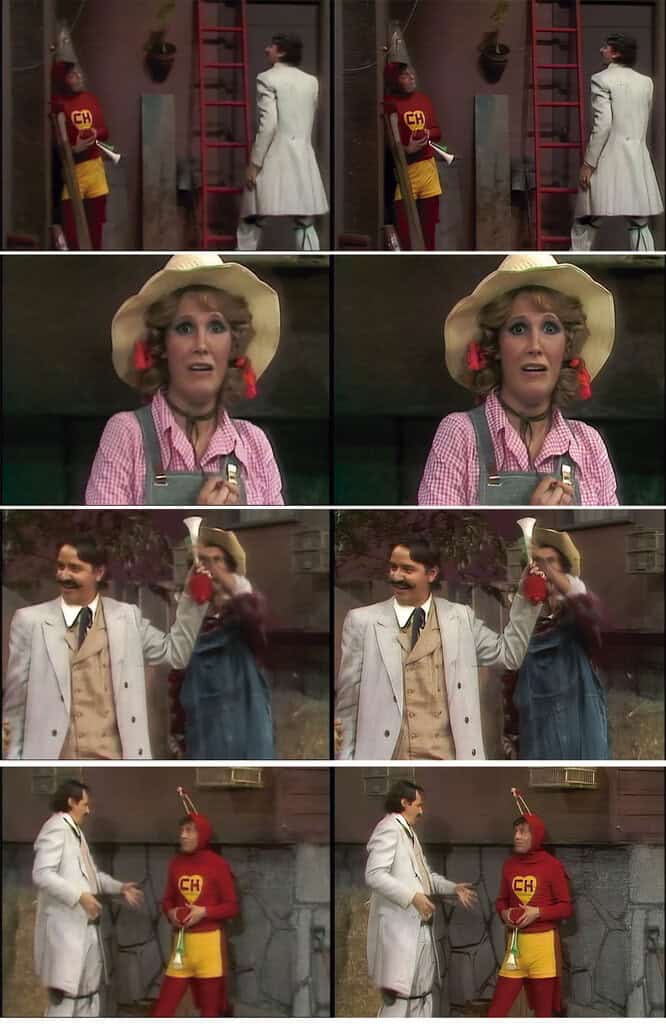
For those who are used to dealing with image editing, you will notice that the result refers to software resources to increase definition in points that were not originally present.
The result is something that tries to go beyond the original capabilities and properties of the material, making everything sharper and more defined, but also absurdly more artificial and flatter. In terms of coloration, the images are also much more saturated.
Even if it is not possible to remaster to the level of original files captured on film, it is possible to apply treatments that are much more worthy than what Televisa is offering.
But all of this comes with costs, time, and, outside the bubble of those most interested in technology, it is not something that the general public will analyze and pay attention to. Therefore, it may end up not being worth it.
Did you already know about all these more technical details regarding Chaves and Chapolin? Are you excited for the series to return to Brazil? Comment below.
Source: https://www.hardware.com.br/artigos/entenda-tecnologia-de-gravacao-utilizada-em-chaves-e-chapolin/


